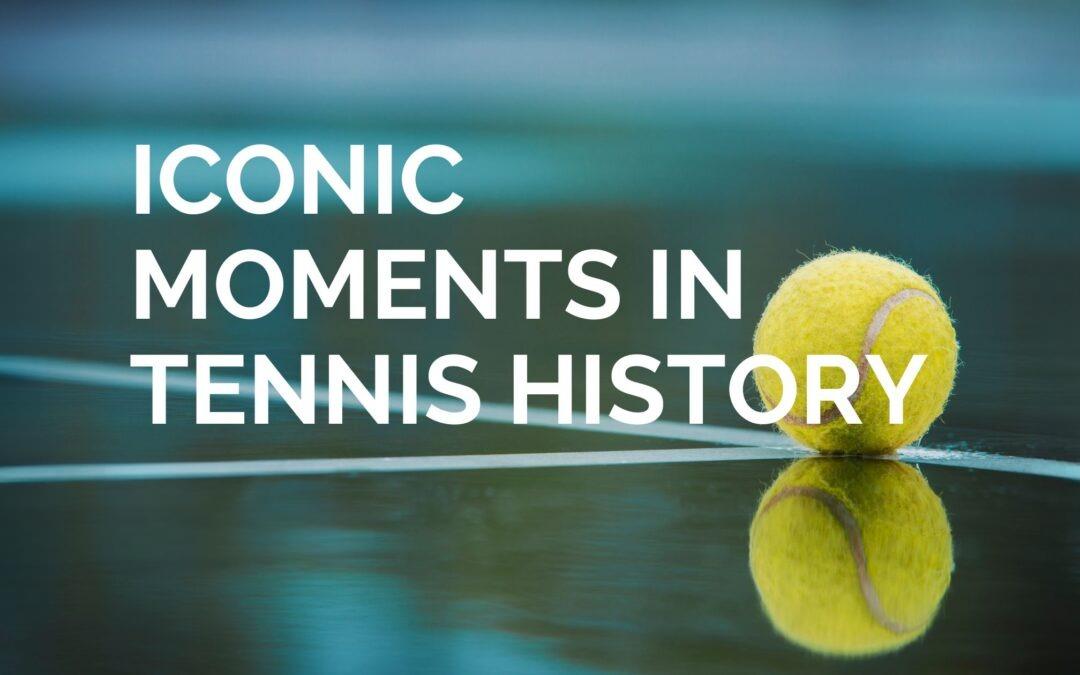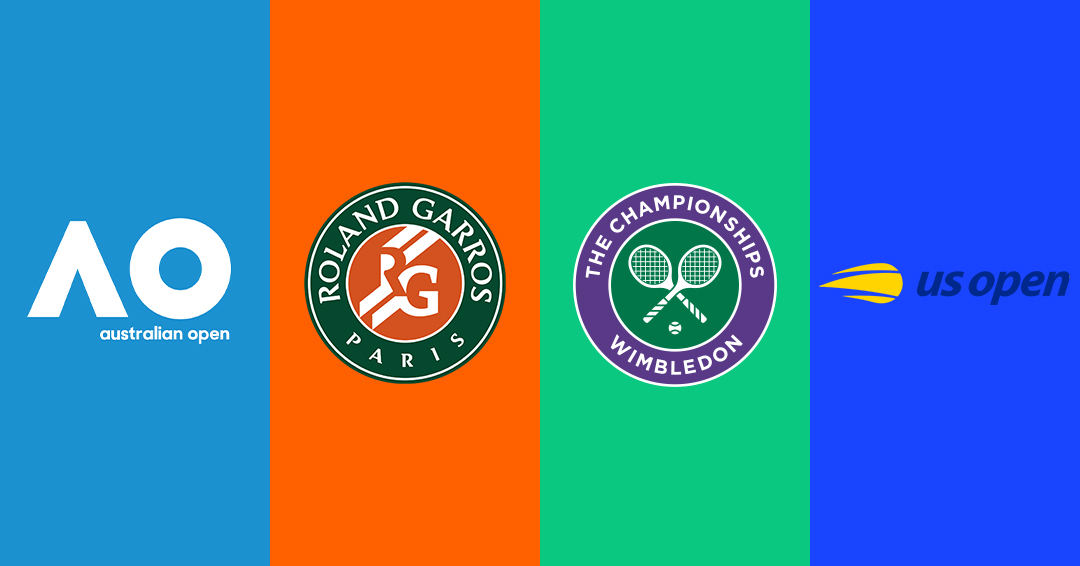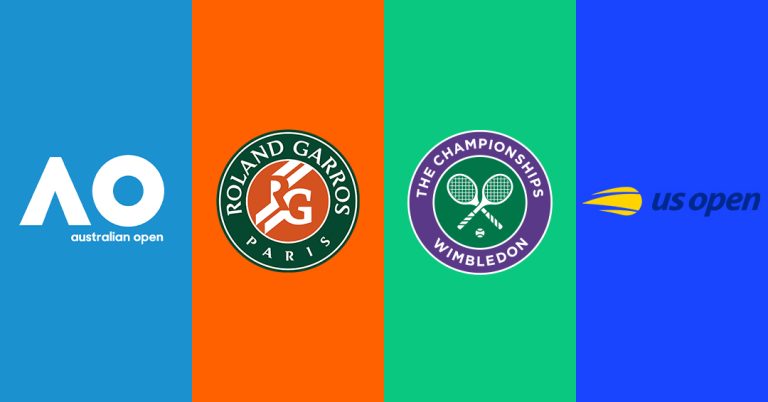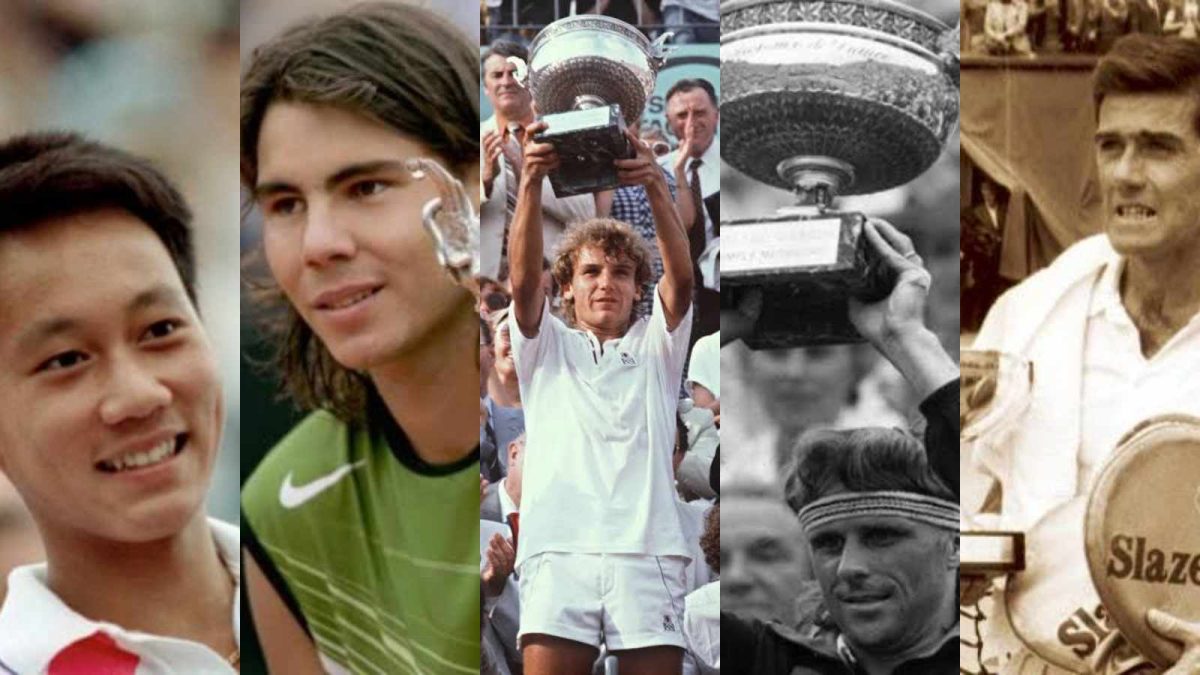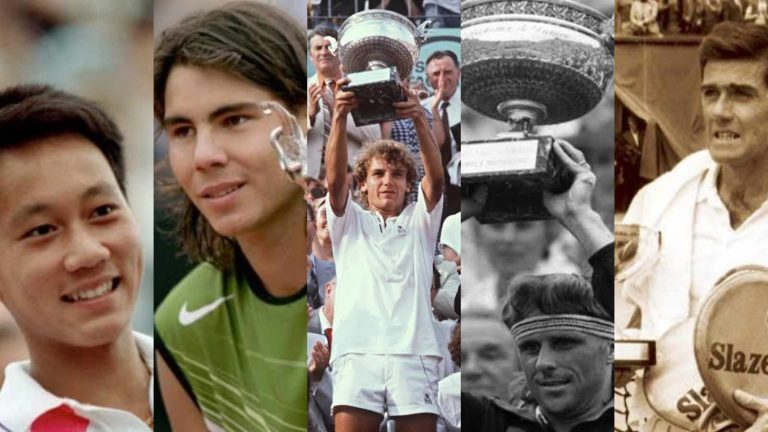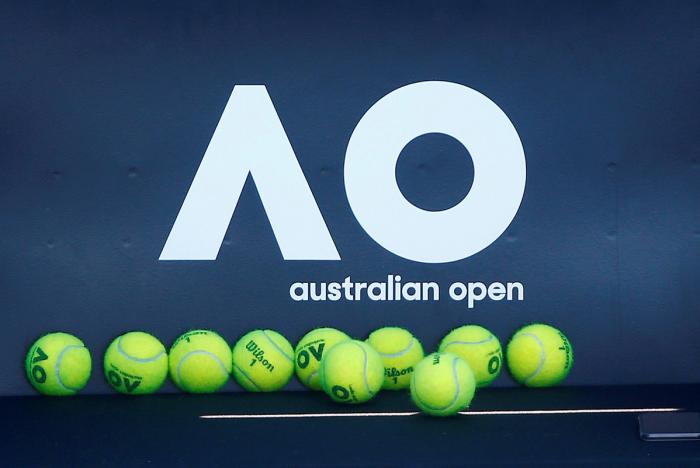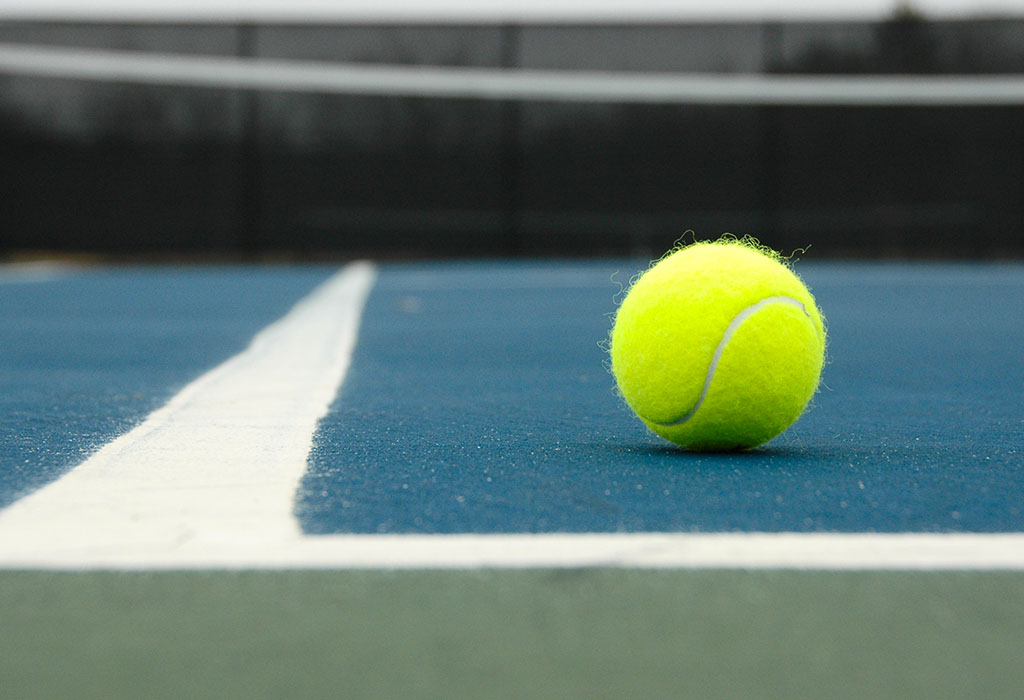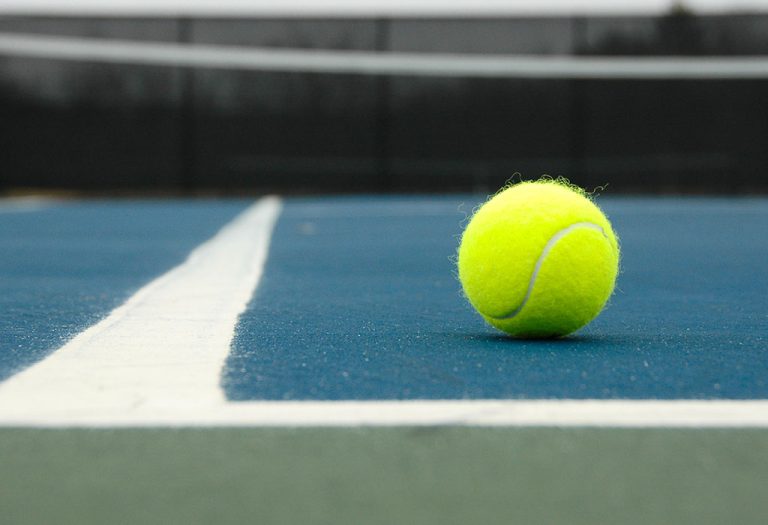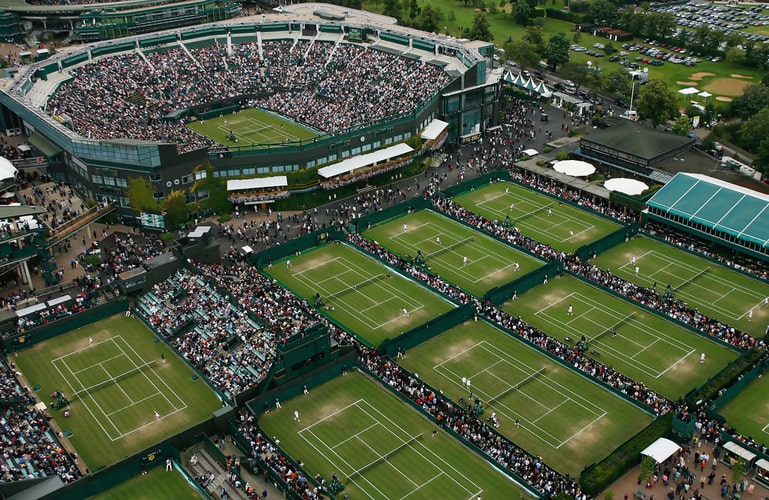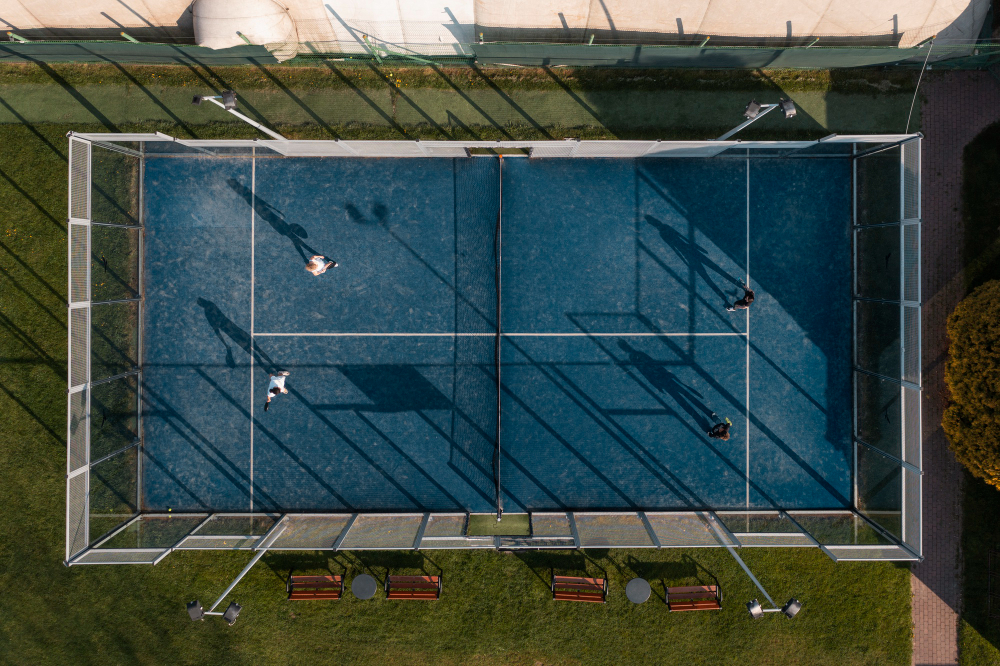Home » Tennis
Unforgettable Moments in Tennis History: Legendary Victories and Iconic Matches
There have been some truly breathtaking moments in tennis, a sport that revolves around hitting little green balls with finesse and elegance. The tennis world has witnessed it everything, from tense matches to unbelievable victories that stunned fans Now, let’s look at some of the most famous moments in tennis history.
Rod Laver’s Historic 1969 Wimbledon Triumph
As he stepped onto the Wimbledon grass courts in 1969, Rod Laver made history. Rod couldn’t settle for a single Wimbledon victory; he wanted to double down that year! The tennis world was rocked when he won the Grand Slam tournaments in consecutive years. It was more than simply tennis for Rod Laver; he danced with fate and triumphed.
The Epic 1984 French Open Final: Ivan Lendl vs. John McEnroe
On the clay courts of Roland Garros, two tennis greats, Ivan Lendl and John McEnroe, are locked in a titanic battle in 1984. This contest was more than simply a tennis match; it was a test of determination, an ego clash, and, likely, the player with the most sweating. Ivan Lendl, nevertheless, triumphed after what seemed like an endless series of attacks and actions, despite all the emotion. According to popular belief, Lendl exhibited a lot of patience on that particular day.
Monica Seles: A Teenage Sensation at the French Open
Monica shocked everyone by walking onto the French Open stage at the young age of sixteen, proving that age is nothing more than a number. Tragically, her reign was suddenly ended, leaving admirers wondering what more tennis records she might have broken had she been granted the opportunity.
Roger Federer’s Timeless Triumph at Wimbledon
Federer chose to remind everyone in 2017—at the old age of 35—of why he’s considered one of the best of all time—a accomplishment that, in tennis years, is virtually ancient. Federer moved about Centre Court as if it were his private playground, all swan-like elegance and Swiss perfection. It takes a legend to win Wimbledon when other players are thinking about calling it quits.
The Enduring Legacy of Tennis
The sport of tennis is more than greets the eye; it’s an epic tale of victories, tragedies, and the odd explosion of emotion. There may be physical changes from playing on dusty courts to modern, high-tech venues, but the essence of the game has never altered. Underdogs can become champions and legends can be made in this sport.
Playing tennis is more than just hitting balls; it’s a story told through blood, tears, and the odd racket smash. There is a wealth of history in tennis, from the legendary victories of Rod Laver to the enduring supremacy of Roger Federer. No matter your level of expertise or interest in the sport, it is important to pause and reflect on the iconic events that have shaped tennis into the spectacular event it is today. Meanwhile, what is known? Perhaps the subsequent legendary moment is merely a forehand shot away.

